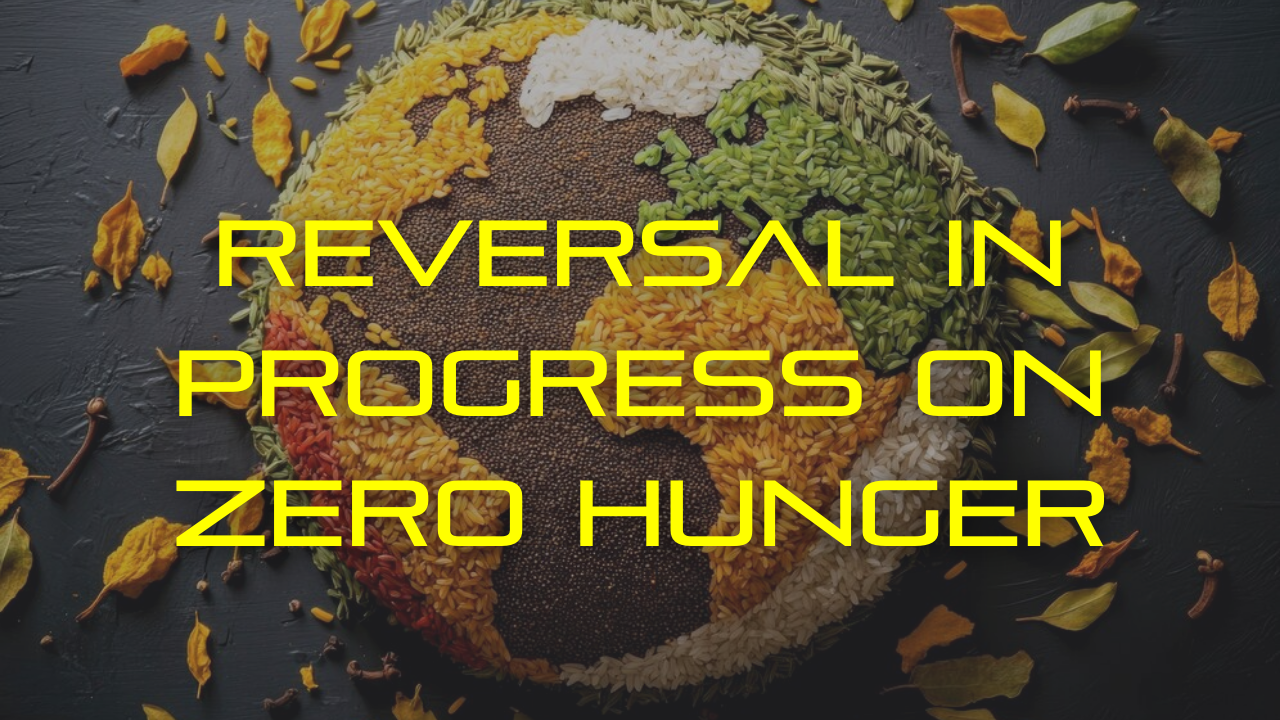Font size:
Print
Half-truths about Caste Census
Context:
Karl Mannheim, the Hungarian sociologist, used “ideology” to describe false beliefs that obscure the true nature of society. His interpretation, though not widely popular, resonates with the current debate on the caste census in India.
- Despite the liberal and progressive stance of many educated Indians, there is significant opposition to the caste census, often rooted in the upper caste opinion-making class.
- This opposition is shaped by half-truths that contain some validity but ultimately serve to obscure the deeper issues at hand.
About the Prevalent misnomers about caste census:
Historical Context:
- Misconception: India hasn’t had a caste census since 1931.
- Reality: Every census post-1931 has recorded SC/ST data, including jati-wise information on their education and economic status.
Political Origins:
- Misconception: The caste census is a recent idea pushed by the Current Leader of the opposition, Rahul Gandhi.
- Reality: The idea has roots in earlier governments and has seen bipartisan support.
- The Ministry of Social Justice and the Registrar General and Census Commissioner recommended a caste census during the Atal Bihari Vajpayee government.
- In May 2010, the Lok Sabha unanimously supported a nationwide caste census, with full endorsement from the BJP.
- In 2018, then-Home Minister Rajnath Singh promised to include OBCs in the next census.
- The Parliamentary committee on social justice and bodies like the National Commission for Backward Classes have recommended a caste census.
Logistical Challenges:
- Misconception: Conducting a caste census would delay the entire census.
- Reality: The modification needed is minimal and involves a simple addition to the existing form.
- Reword Column 8 of the Household Schedule as follows:
- CASTE: 8(a) Which social group does this person belong to: SC/ST/OBC/General.
- 8(b) If SC/ST/OBC write name from the list supplied, if General write name of the caste in full.
List of Castes:
- Misconception: A comprehensive list of castes is unavailable, making the task impossible.
- Reality: Existing lists cover three-fourths of the population,— SC, ST and OBC and the census can categorise responses for General Category similarly to how it handles language and religion.
Purpose of Caste Census:
- Misconception: It’s just a headcount of castes.
- Reality: It provides a detailed socio-economic profile of each caste, which is vital for informed policy-making.
- The caste census would reveal the jati-wise break-up on age structure, sex ratio, educational level, occupation, house-type, major household assets and access to water, electricity and cooking gas.
Religious Exclusion:
- Misconception: The caste census excludes non-Hindus and forces caste identification.
- Reality: The census records caste across all religions, and individuals can choose to identify as having “no caste.”
Quota Expansion:
- Misconception: The census is solely about expanding quotas.
- Reality: The caste census is crucial for addressing key policy questions, such as:
- Sub-classification of SC/ST/OBC quotas,Exclusion of certain castes from OBC benefits,Identifying a “creamy layer” within SCs and STs,Defining the “creamy layer” for OBCs,Assessing poverty levels within “upper caste” communities,Evaluating whether caste remains relevant in understanding social inequalities.
Focus on SC/ST/OBC:
- Misconception: The census is only relevant for these groups.
- Reality: Understanding caste dynamics requires data on “General” castes to benchmark social inequalities.
Caste Politics:
- Misconception: The census will fuel caste politics and social strife.
- Reality: Caste identity is already documented for most of the population, and similar data collection on religion and language has not led to conflict.
Scope of the Caste Census:
- Misconception: Caste census is limited to including caste in the decennial census.
- Reality: A comprehensive understanding of caste requires its inclusion in various other data collection exercises, many of which already include broad caste categories.
These include the Economic Census, Agriculture Census, All India Survey on Higher Education, Household Consumption Expenditure Survey, Periodic Labour Force Survey by NSSO.



